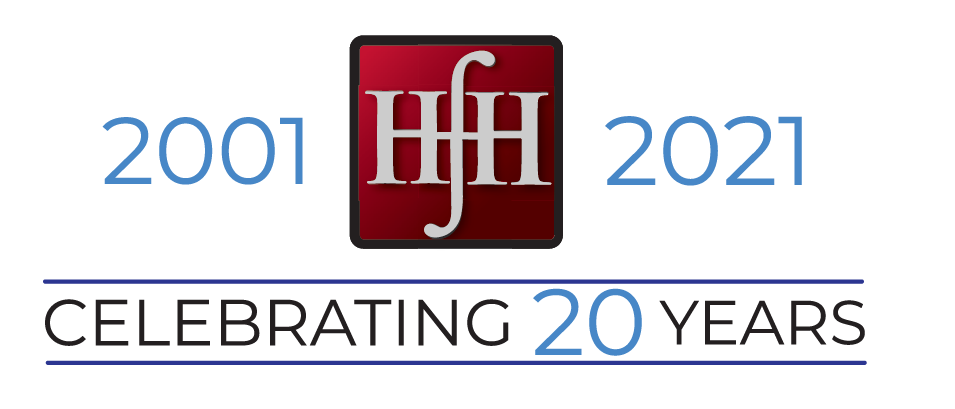OVERVIEW:
You want to have measurable candidate criteria to screen a potential candidate for this job. Avoid having too few/vague qualifications (“everyone is qualified”) or having too many qualifications where it’s not clear what is really important.
Examples: Screening criteria are specific and measurable and a clear difference between “required” and “preferred”. Don’t fill up this section with just a list of personality traits.
WHY IT MATTERS:
1) Focus & Efficiency – When you know what you want, you save time by not interviewing people who are not qualified. By challenging each bullet point in the qualifications section, you likely can remove 30% of them which makes it more focused. This enables you to spend valuable time with people you are truly qualified and quickly decline those who are not qualified.
2) Empower your HR/Recruiting team – This also gives better screening criteria to the recruiting/HR team who are reviewing the candidate options. One frustration with vague criteria is this leads to interviewing too many people which will waste time and slow the hiring process.
3) Clear reasons to decline – Looking ahead, if you interview 10 people for the job, you will need to decline 9 of them as “silver medalists”. When you can explain how you decided to hire someone who had more of a particular requirement (or more preferred) – it provides more measurable and tangible feedback. Candidates will respect and appreciate that you took the time to provide a professional reply.
4) Required vs. Preferred – By clearly separating these before the recruiting process begins, it will save time later when assessing a pool of candidates and providing clarity on what is more important.
WHAT TO INCLUDE:
Measurable and specific qualifications – Would you be able to screen someone in (or out) by each qualification? Is it clear how you could assess if someone has this or not? If you can’t truly measure it and you will not be assessing it, don’t make it one of the screening criteria.
Top 3 outcome connection – Look back at your Top 3 outcomes in Year 1. Make sure these are reflected in the qualifications section as they are the most important part of the job.
Required vs. Preferred – Distinguish between Required (“Got to have”) and Preferred (“Like to have”). Typically when reviewing the qualifications in detail you realize that only 3-5 are truly required and rest are preferred.
Minimal “Boy Scout/Girl Scout” traits – We all want to add team members who are hard working, trustworthy, loyal, collaborative, good team players, high integrity, right? These are not bad things and OK to mention if they are specifically part of your Company Values/Culture. But filling up the qualifications section with normal “good employee” traits is not the best use of space. In my 25 years of recruiting, I’ve never heard a candidate say “I was going to apply for that job, but it says you are looking for someone who is trustworthy and loyal….and I am not.” You can assess these in-person, as no one will self-assess they do not have these traits.
Good job – You just completed #7: QUALIFICATIONS
![]()
NEXT STEP: #8: CALL TO ACTION (click to view)
PRIOR STEP: #6: ROLE ACTIVITIES (click to view)



